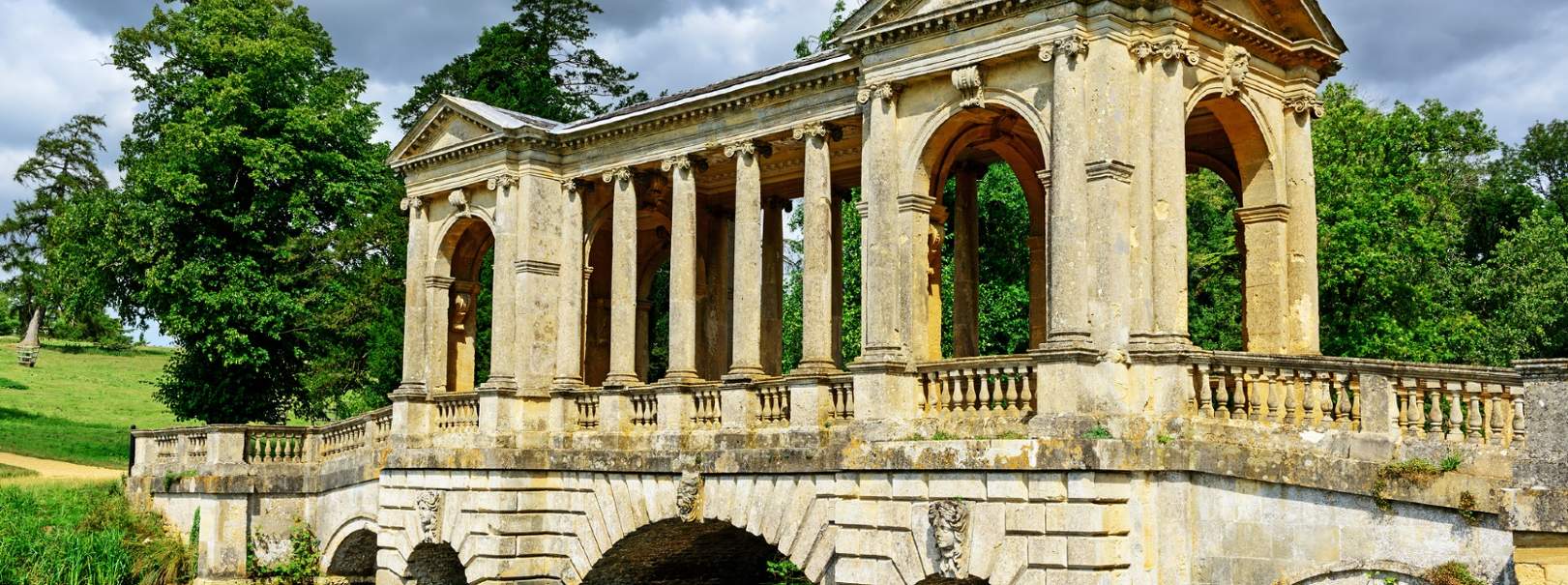Their contributions not only redefined the realms of possibility of the time but have left a lasting legacy that is very much in evidence today.
The Georgian era saw a new approach to landscape design for country houses in England first at the hands of Lancelot ‘Capability’ Brown and later Humphry Repton.
Capability Brown: the pioneer of naturalistic landscapes
Capability Brown (1716-1783) took a different approach to the more formal, geometric gardens of earlier eras and instead strove to create landscapes that made use of the natural contours of the land and appeared effortless. Within these contours trees were strategically placed to form the parkland settings still visible today, along with lakes which often could be seen on the approach to the house. His designs complemented the grandeur of these country houses by providing the ultimate setting for their owners, and today the Georgian house sitting proudly in a Capability Brown landscape remains highly sought after.
Humphry Repton: the successor and innovator
Following in Brown’s footsteps, Humphry Repton (1752-1818) introduced the concept of ‘before’ and ‘after’ sketches of his proposed designs contained in his synonymous Red Books. These books were instrumental in communicating his vision to clients, allowing them to see how he intended to transform their estate landscapes.
His work reintroduced terraces, gravel walks and flower beds into the area nearest to the house in order to provide a foreground for views of the landscape. He also designed flower gardens often introducing elaborate ornamental or themed planting, a style which became popular in the 19th century. Examples of his work include Woburn Abbey and Kenwood House, demonstrating his ability to combine function with beauty.
The enduring legacy
The legacy of Capability Brown and Humphry Repton is still clear to see in the many estates and public parks bearing their mark. Their work laid the foundation for modern landscape architecture, emphasising the importance of creating spaces that are both beautiful and functional.
The value of these settings lies in their ability to evoke a sense of timelessness and grandeur. They provide a visual and sometimes emotional connection to the past, allowing us to appreciate the artistry and vision of these Georgian-era landscape architects. Moreover, their designs continue to inspire today’s landscape architects, who draw on their principles to create sustainable and harmonious environments that enable nature to thrive.


.jpg)
.jpg)
.jpg)





